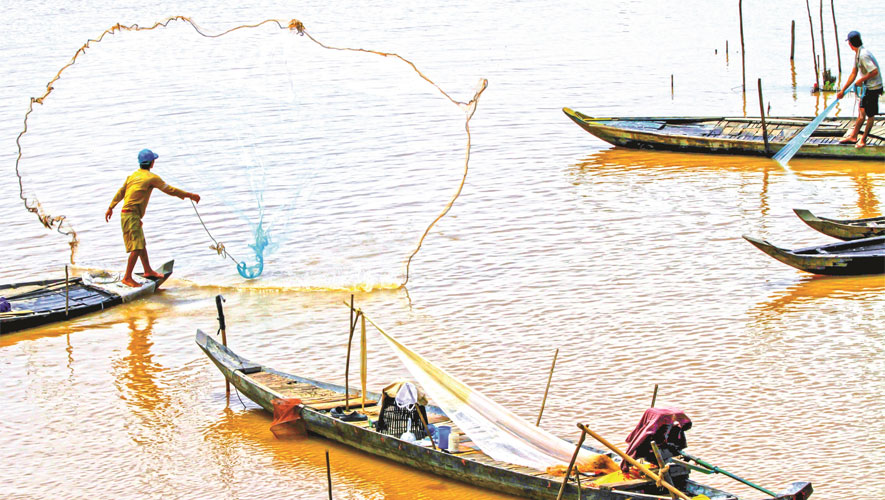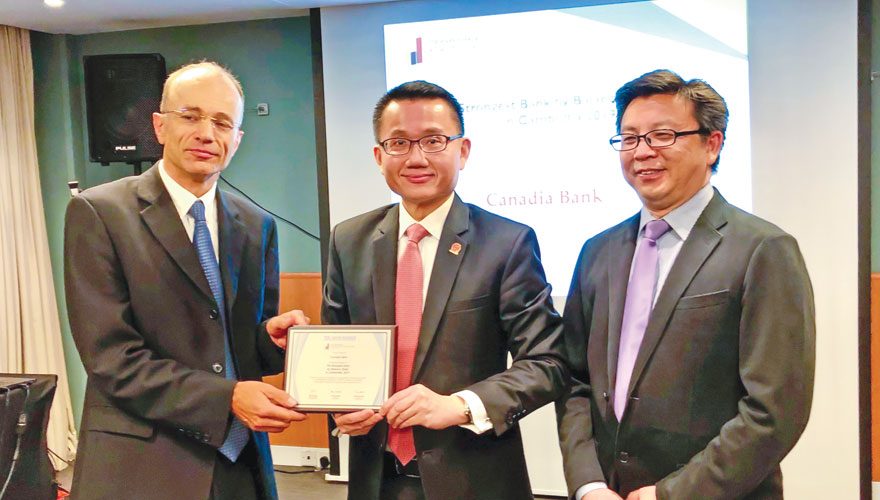As the demand for electricity rises in the Kingdom, desperation to fulfill the demand rises. Consumption of electricity in 2019 has reached an all-time high, 32 percent in contrast to the prior year’s 16 percent rise.
For the latest Cambodian Business news, visit Khmer Times Business
While Laos aspires to be the “battery of Southeast Asia” with its rapid involvement in hydroelectric dams, Cambodia, on the other hand, has announced that the government would focus on prioritising renewable energy development rather than hydroelectric power, thus no hydropower plants would be built along the Mekong River.
Electricite du Cambodge Director-General Keo Rattanak says that Cambodia will see a boost in investment in solar power by 12 percent by the end of 2020 and up to 20 percent in the coming three years.
Creating an energy mixture
Solar power investment has been on the rise over the years in Cambodia with foreign investment and international banks approving loans for the development of solar farms.
In the middle of this year, the Asian Development Bank (ADB) approved a $7.64 million loan to support the construction of a 100-megawatt (MW) solar power park in Cambodia.
There is no agreement because conditions differ globally but some scientists work on the principle 1 megawatt can power hundreds, maybe thousands, of houses an hour.
ADB believes that the move will help the country to develop its renewable energy resources, diversify its energy mixture as well as improve the competitiveness of its economy.
The project dubbed as the National Solar Park Project will include an $11 million loan and a $3 million grant from the Strategic Climate Fund, specifically through the Scaling Up Renewable Energy Programme.
Reliable, affordable energy
In a report published by the ADB, the bank’s principle climate change specialist Pradeep Tharakan says that having reliable, sustainable and affordable energy sources proves to be crucial for the economic development of a rapidly expanding country such as Cambodia.
While solar-related projects are on the rise, the report highlights that hydropower accounts for 1,330 MW – about 62 percent – while current solar generation capacity in the country is only 10 MW.
With a new solar generation regulation announced by the Electricite du Cambodge (EDC) announced early this year, this would drive for a more foreseeable positive impact on the country’s future solar photovoltaic (PV) development.
Another obstacle that hydroelectric dams might face in the long run would be the extension of the drought periods in recent years, making other renewable energy options more viable.

Floating photovoltaics
Singapore-based renewable company Cleantech Solar, earlier this year, ran a trial in the country with the installation of a 9.8 MW solar installation that includes 2.8 MW of floating PV that will soon power Cambodian cement manufacturer Chip Mong Insee Cement Corp (CMIC).
The company also stated in a report that the floating PVs will be able to reduce operating costs as well as reduce water loss through evaporation.
Another renewable energy option that the country is currently adopting is wind energy. While development in the area is still in its infancy, one player for instance is contributing in the wind sector.
The Blue Circle Pte Ltd, a Singapore-based company, held talks with the government earlier this month to discuss plans to build a wind park in Kampot province. The company has recently completed feasibility studies on projects in Mondulkiri as well.
With plans to build at least 10 turbines in Kampot’s Bokor Mountain, the project is expected to produce up to 80 MW. Director-General for the Ministry of Mines and Energy Victor Jona told Capital Cambodia that a meeting that took place on Nov 19 between the Ministry and The Blue Circle was productive because the ministry has approved the project.
“The Blue Circle is now in the process of setting a date with EDC to further discuss prices,” he says.
The company had also estimated that more than 250 MW of wind power could be developed immediately and it is looking at 500 MW more in the coming years. With projects in Vietnam as well, it had taken the company three years from policy to construction completion.
The wind project when commissioned is expected to supply some 180,000 households in Kampot and will produce up to 245 gigawatt-hours of clean electricity annually.
Livelihoods and culture
The effect on the ecosystem and environment has seen some of the biggest damage caused by the hydroelectric dam projects along the Mekong. However, the harm from these projects transcends beyond just environments, affecting livelihoods and culture along the way.
Earthquakes also possess a potential danger.
According to The Isaan Record, a media organisation in northeast Thailand, the cultural ecology of those living by the Mekong and who heavily depend on it are being threatened when locals who catch fish for food – a part of their culture – since time immemorial – are unable to do so. For instance, pla daek, a fermented fish dish of the Isaan and Laos people who live by the Mekong, use it as food and an income source as well.
This puts locals at a disadvantage both in running their daily lives as well as financially.
The once rich source of food and livelihood has been experiencing lower water levels in the Mekong river basin in recent times. Meanwhile insufficient rain has played a role in contributing to this state, dams have been a significant part of it as well.
The Mekong River Commission (MRC) says this would go on to affect waterway transportations as well, because shallow water would prove to be a struggle for vessels.
Cruise ship operators in the past had voiced their concerns to Capital Cambodia when cruise schedules had to be changed because of low water levels.
Rethink operations
The commission has repeatedly called for countries involved in projects related to hydroelectric dams to rethink planning and operations in the region. Coordinating the storage and release of water across the basin would certainly prove to be essential to ensure the continuous need of water users to be met.
While authorities in other countries have voiced their concerns with regards to future projects along the Mekong that could intensify the problem at hand, many experts say Cambodia’s move to focus on other options of a renewable energy mixture and not building more hydroelectric projects along the Mekong is a development that would place the country in the right direction in preserving Cambodians’ livelihoods and culture that depend on the Mekong.




